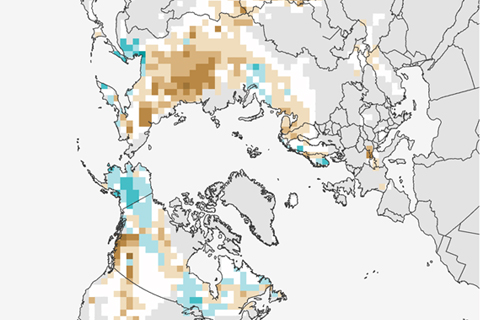
In May 2013, there was record-setting loss of Eurasian spring snow cover, and spring snow cover was below normal again in June—the fourth lowest on record. This is the sixth year in a row that Eurasia has set a new record low in either May or June snow extent.
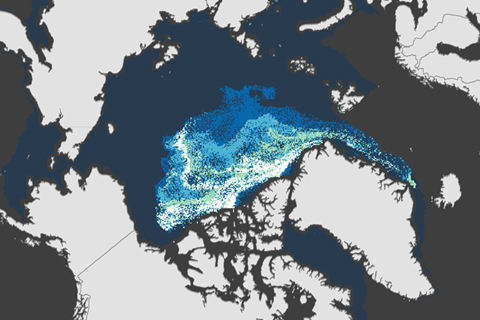
In March 1988, thick, multi-year ice comprised 26 percent of the Arctic's ice pack. In 2005, that number dropped to 19 percent. In 2013, it dropped to 7 percent.

Averaged over September 2013, sea ice extent was 2.07 million square miles—larger than last year's record low, but still more than 17 percent below average and the sixth smallest September extent on record.
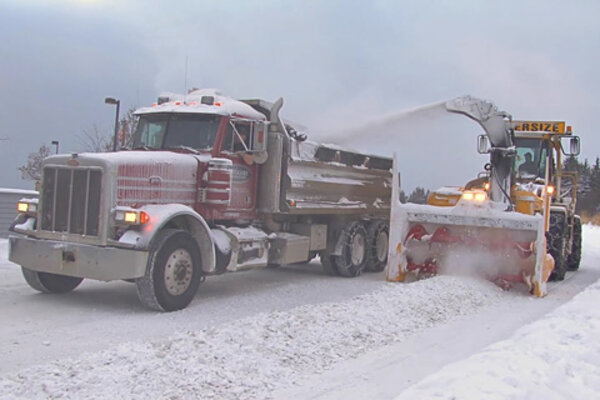
U.S. Winter Climate Outlook: 2013-14
November 20, 2013
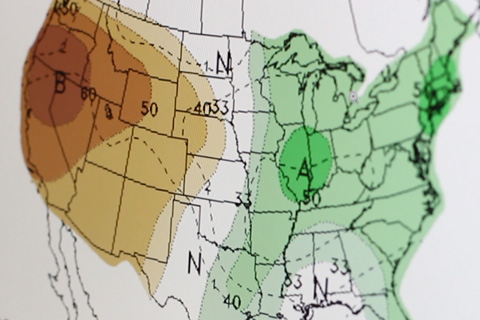
Traditional weather forecasts consist of weather maps that predict exactly how much rain may fall or the maximum daily temperature of an area. NOAA climate outlooks forecast the odds that future weather conditions will be above, below, or near normal.

The U.S. Drought Portal offers access to maps, data, and expert assessments through easy-to-use tools designed to help decision makers monitor, plan for, and recover from water shortages.
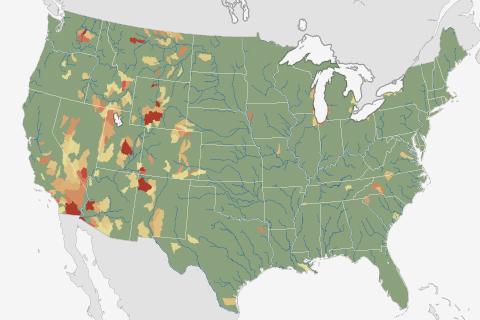
Nearly ten percent of U.S. watersheds are living beyond their means when it comes to their water supply. For nearly half the country, water stress is projected to worsen by mid-century because of climate change, according to a recent NOAA-funded analysis.

October More Like Summer Than Fall in Alaska
November 6, 2013
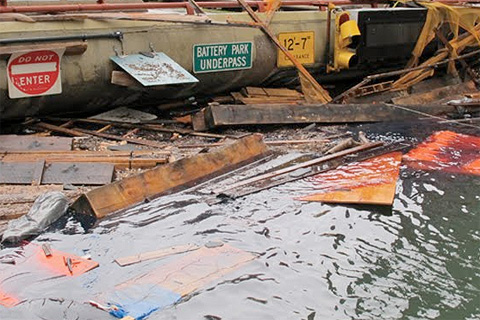
Stunned by Sandy's devastation, the city of New York undertook an ambitious project: to update its long-term sustainability plan using the latest climate science. Their goal was to understand how much sea level could rise, how soon, and just how vulnerable the city would be if some of the more extreme climate change projections turn into reality.
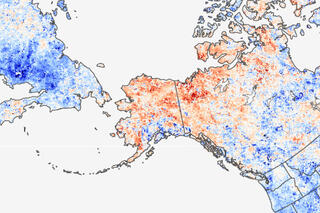
Alaska having September's Climate in October
October 30, 2013